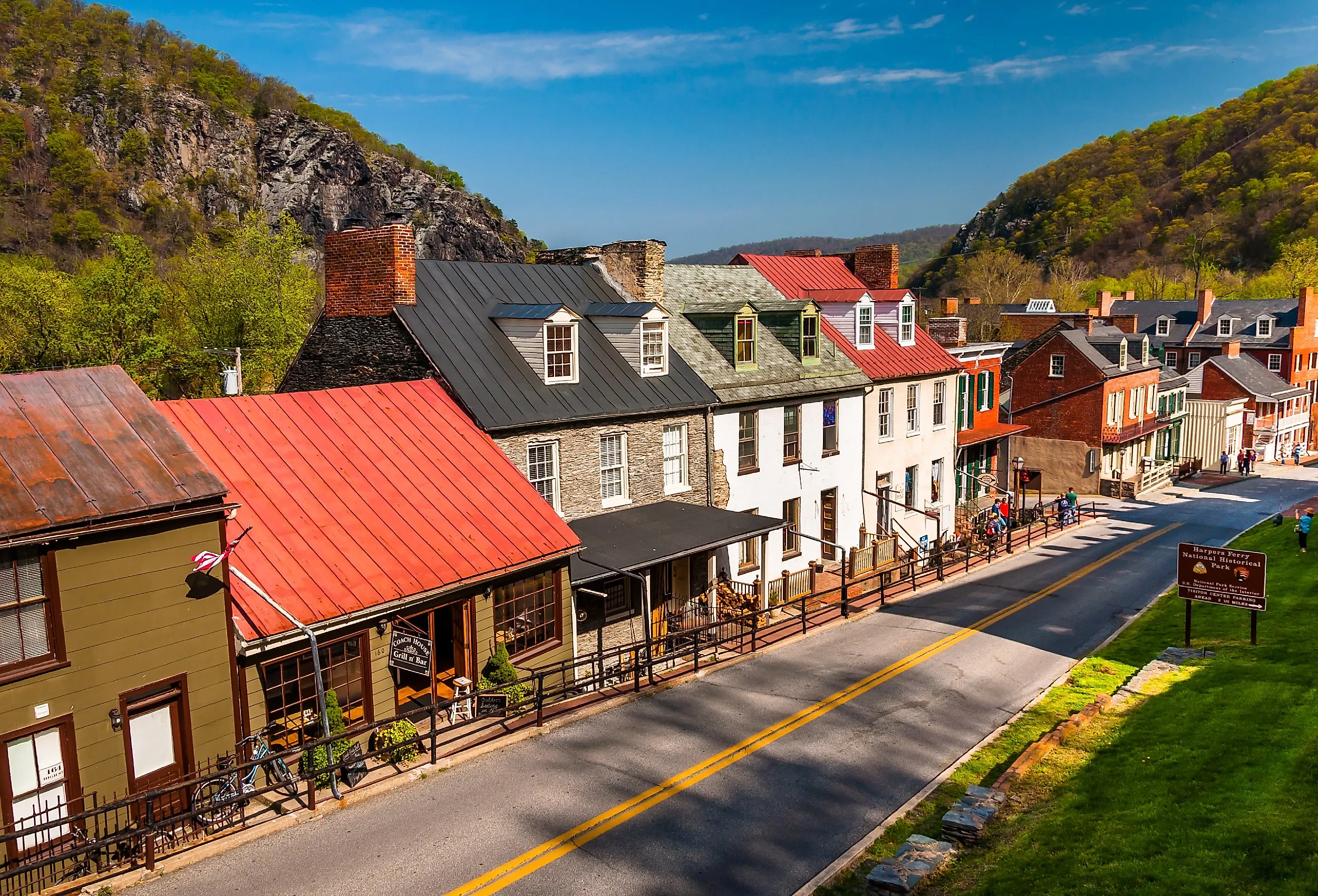
7 Towns In West Virginia That Were Frozen In Time
West Virginia has had a long history of conflict, from Native American battles to territorial disputes between Pennsylvania and Virginia. It was eventually incorporated into Virginia until the American Civil War, when the region was split off from Virginia proper and became the 35th state on June 20, 1863. In West Virginia, there are towns that keep alive the spirit of the 19th and 18th centuries, containing massive Civil War battlefields, the hometown of the creator of the steamboat, and a mineral bath used by none other than George Washington. The discerning traveler can also find old headquarters of Civil War generals such as Stonewall Jackson or the site where the abolitionist John Brown made his last stand in 1859. Learn more about seven West Virginia towns that were frozen in time.
Romney
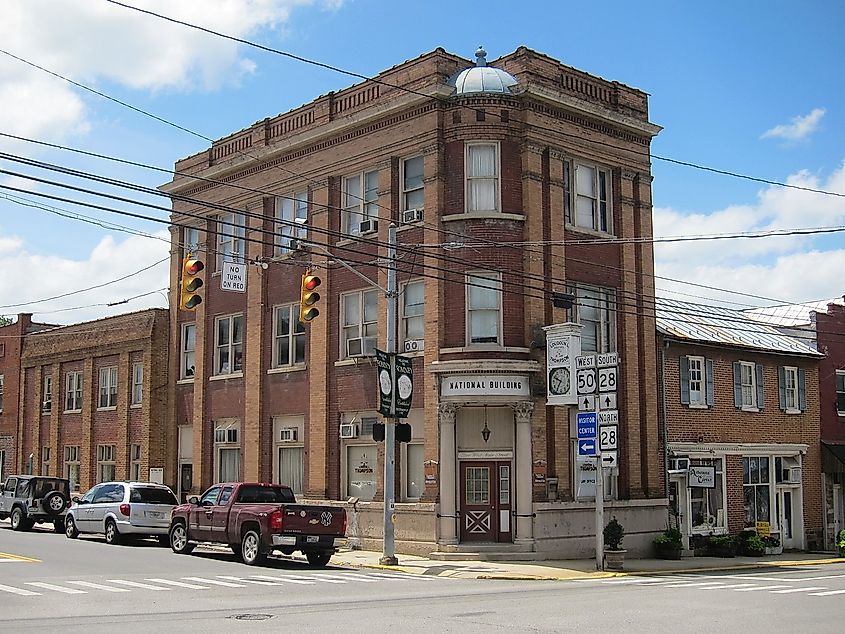
Romney was first settled in the 1730s, when East Coast colonists, especially Scotch-Irish immigrants, were beginning to move West. Job and John Pearsall set up a fort in the area in 1755, and the town itself was incorporated in 1762. Due to its scenic location on the Potomac River, there are many beautiful sites to take in.
This includes the Potomac Eagle Scenic Railroad, which runs along the river and grants opportunities to see American bald eagles. Within the town proper, visitors can take a historic walking tour to see several significant American and Native American sites. These include Liberty Hall, an 1858 structure that would serve as Stonewall Jackson's Headquarters during the American Civil War, and the 7-foot high Indian Mound Cemetery, which was used by the Hopewellian people from 500 BCE to 1,000 CE. Nearby to Romney are the Fort Mill Ridge Civil War Trenches, used to defend the approaches to the town. They are known as some of the best-preserved trenches from that era.
Shepherdstown
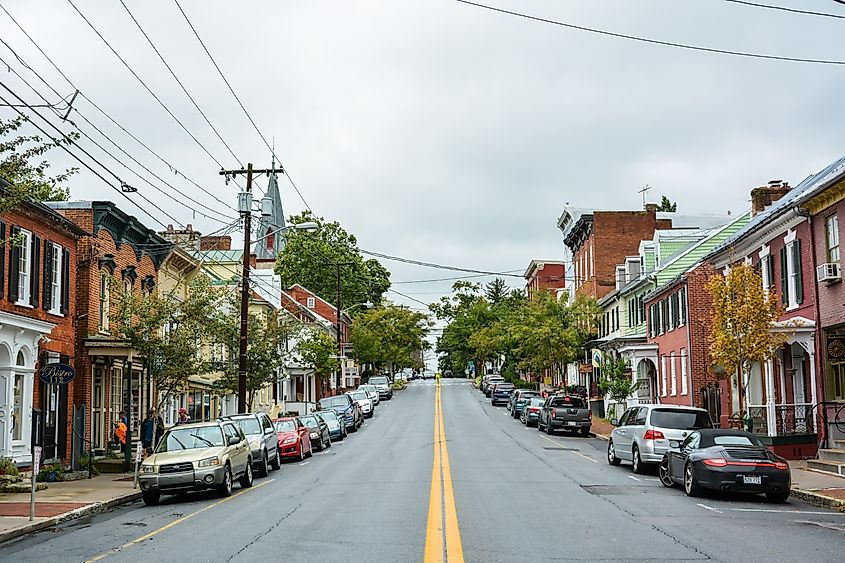
Colonists first arrived in the area in the early 1700s, but the town itself gained its name from Thomas Shepherd, who purchased 222 acres of land next to the Potomac. Shepherdstown was known for its love of liberty, and many of its community served in the Revolutionary Army during the American War of Independence. In 1861, Shepherd University was established, transforming the area into a college town.
Visitors can ride down the historic towpath of the Chesapeake & Ohio Canal, which has been converted into a 185-mile trail for hikers and cyclists. On this path, visitors can see the James Rumsey Monument, which honors the steamboat inventor who lived in Shepherdstown. The Historic Shepherdstown Museum houses the experimental model of a steamboat that he presented in 1787 at the James Rumsey Boathouse. The museum itself is a great place to stop and learn more about the town's history. Lastly, the town is just 10 minutes away from the Antietam National Battlefield in Sharpsburg, Maryland, which is a must-visit for Civil War buffs.
Charles Town
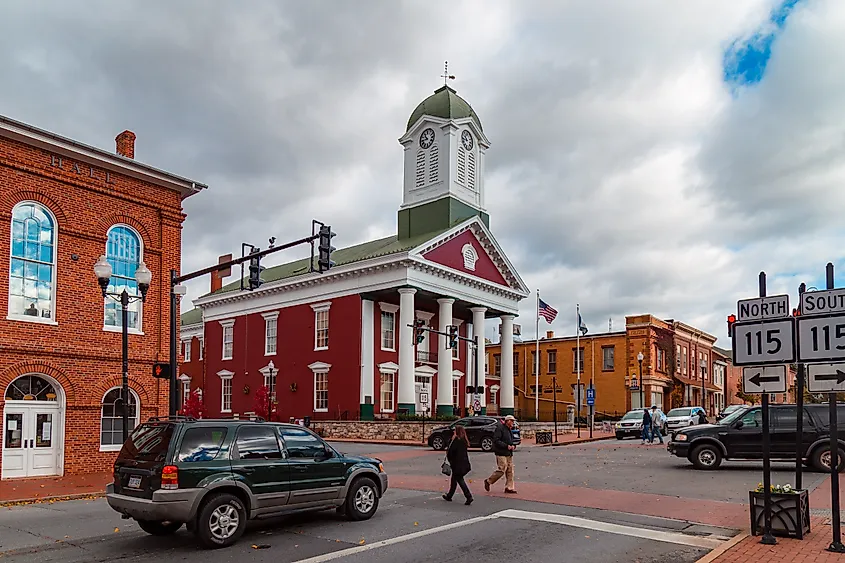
Charles Town was founded by Charles Washington, George Washington's youngest brother. In 1786, the Virginia General Assembly approved his incorporation. The town was the site of multiple historic events, such as the trial of John Brown in 1859 following his unsuccessful raid on Harpers Ferry.
Today, there are multiple buildings in town dating back to the 1700s, including Atlona, a 1793 Federal-style Plantation Home. It was later used by Ulysses S Grant as a headquarters during the American Civil War. There are other mansions in the area, such as Belvidere, a 1807 Federal-style mansion that offers a beautiful view of the nearby Blue Ridge Mountains. One of the more unique structures is the Star Lodge No. #1, which was one of the oldest stone buildings in town, was built in 1796 and would become an African American Masonic and Odd Fellows Lodge.
Harpers Ferry
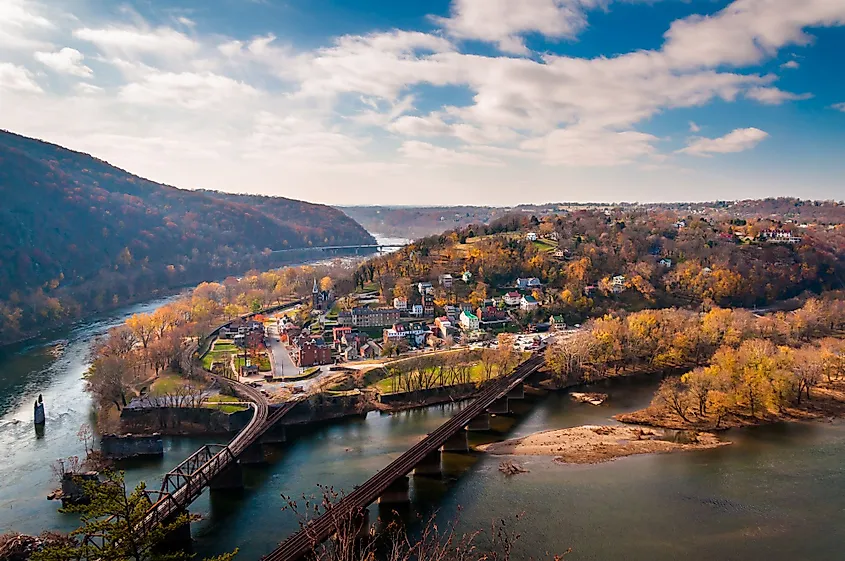
Harpers Ferry is a tiny community with a rich past. It was here that abolitionist John Brown led his failed attempt to start a slave insurrection in 1859. His actions here were the final spark needed to light the American Civil War. As a result, the town is steeped in Civil War history.
Visitors can see inside John Brown's Fort, where he and his followers barricaded themselves and made their last stand against Federal troops. The town changed hands eight times between the Union and the Confederacy in the ensuing Civil War. At Bolivar Heights, visitors can see old Civil War trenches or explore the woods. At nearby Camp Hill, there is the 19th century Storer College, a Black College built for freed slaves after the Civil War. Harpers Ferry also features several picturesque views, such as The Point, where the Potomac and Shenandoah Rivers converge between Maryland, Virginia, and West Virginia.
Charleston
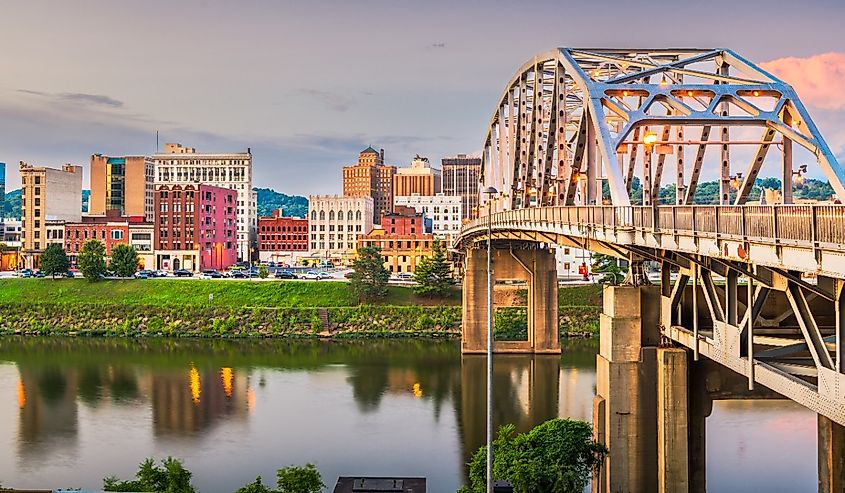
Despite being the capital of West Virginia, Charleston has a smaller population of just over 46,800 people and a history dating back to the 1700s. The first settlement in the area was Fort Lee, and the city itself was established in 1794.
Today, the city has several historic sites that keep it frozen in the past. Of particular note are the beautiful turn-of-the-century buildings in the city, such as the Cox-Morton House, a 1902 American Foursquare-style house with a balustraded terrace, and the 1912 Plaza Theatre, a Classical Revival-style building.
The Spring Hill Cemetery Historic District has many serene structures and graves of famous residents including multiple representatives and governors of West Virginia. Lastly, the area has intriguing museums such as the West Virginia State Museum, which has a telescope used by George Washington and the Mothman Museum in nearby Point Pleasant, honoring the local cryptid legend.
Berkeley Springs
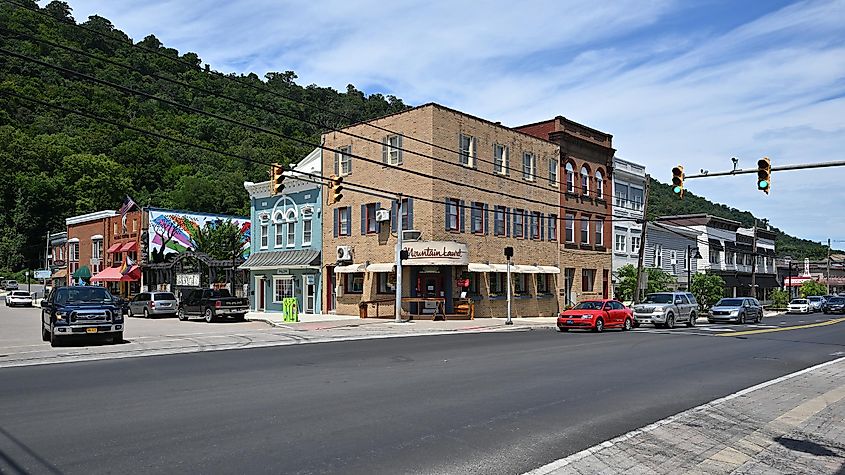
Berkeley Springs was the spot of rich mineral water spring water, which made it a favorite spa spot for none other than George Washington, whose family would regularly visit throughout the 1760s. Visitors today can climb into George Washington's Bath Tub from 1748 when he first visited the town.
The best-known attraction in town is Berkeley Springs State Park, a tiny 4.5-acre park that includes the Museum of Berkeley Springs in the historic bathhouse. Visitors can still take a bath at two of the bathhouses or drink water directly from a fountain in the Gentlemen's Spring House. Another intriguing spot in the park is the Berkeley Springs Castle, an English-Norman-style structure built between 1885 and 1891.
Hinton
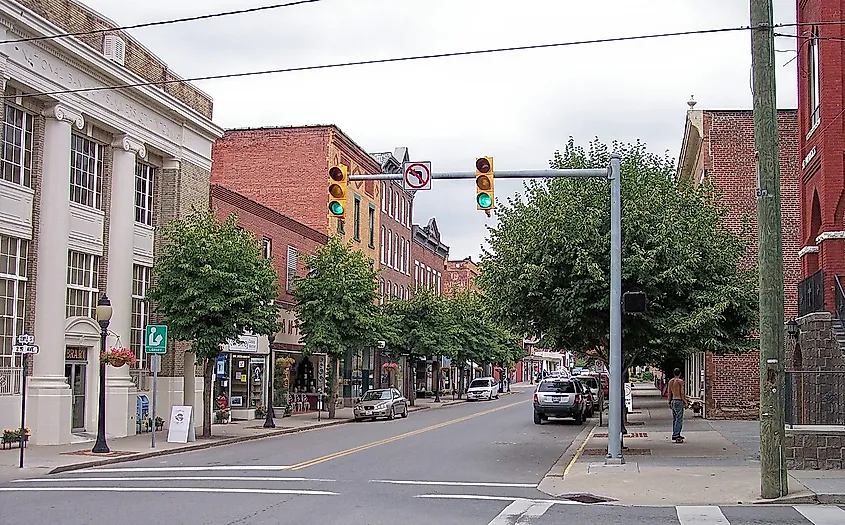
Hinton was founded later than many of these other towns, but there is a very good reason for that. The American Civil War had devasted the region, but with the construction of the Chesapeake & Ohio Railroad, many people came to the area, and Hinton itself was incorporated in 1880. From there, the economy went through a boom, and many buildings were constructed that still stand to this day.
These include the 1898 Summers Couny Courthouse, the 1907 Hotel McCreery and the C&O Railway passenger station, which is also the spot of the West Virginia State Historic Preservation Office. The Hinton Railroad Museum has model trail exhibits, tools and uniforms from its founding days a railway town. Lastly, Bluestone State Park offers a variety of outdoor activities in Hinton, such as boating, fishing, and hiking trails.
These historic towns in West Virginia offer great opportunities for history buffs, hikers, and architecture enthusiasts alike. Here, one can discover bald eagles in Romney, soak in the mineral waters of Berkeley Springs, explore historic districts in Charleston, or experience the rich heritage of Harpers Ferry. West Virginia was forged in the fires of the American Revolution and the American Civil War, and the embers can be felt throughout all of these towns that have been frozen in time.











